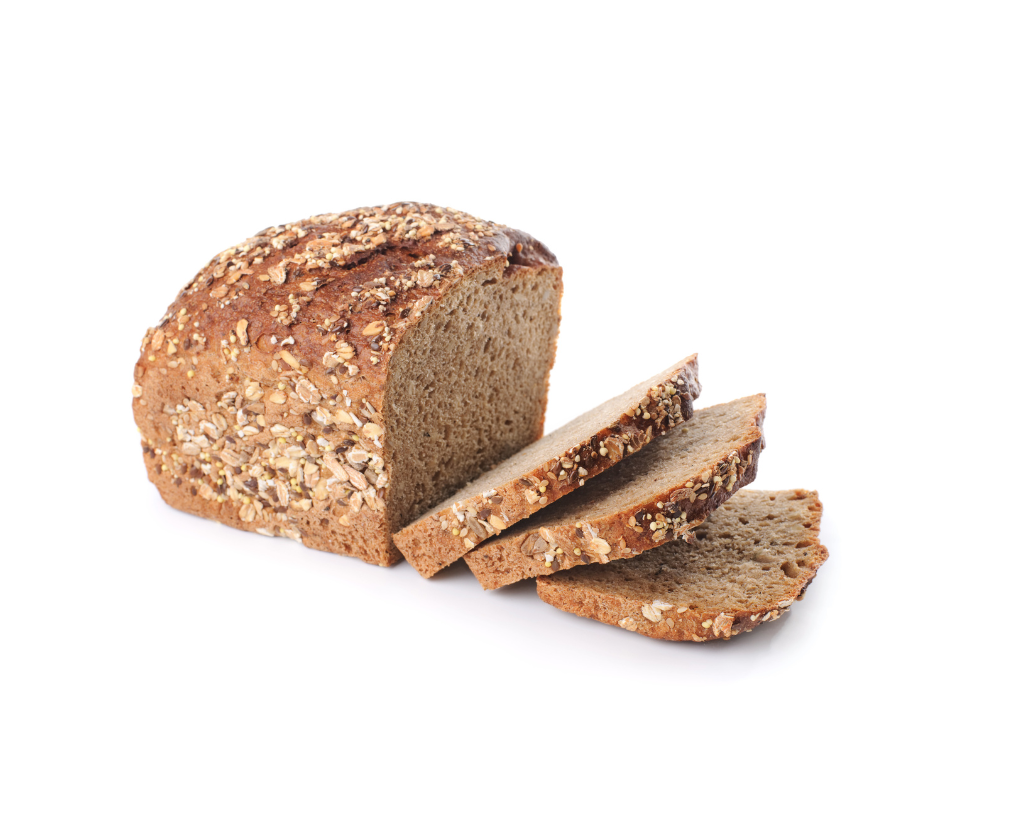
The Gluten-Free Diet
Gluten and the gluten-free diet can be confusing. We’ll break it down for you.
When considering the gluten-free diet, it’s important to look at the chemistry. The gluten protein is composed of two proteins: gliadins and glutenins. Gliadins are molecularly divided further– alpha-, beta-, gamma-, and omega-gliadins. Glutenins are responsible for the elastic quality that gluten gives dough.
Foods Naturally Containing Gluten
WHEAT, RYE, SPELT, KAMUT, BARLEY
Gluten-containing grains are the seeds of grasses and are pretty new to the modern diet. These grains were rarely consumed until about 500 generations ago, which isn’t very long, in evolutionary terms. Gluten proteins do not respond well to our digestive enzymes and we are not able to completely break them down. When the body’s intestinal barriers are compromised (because of stress, pollution, or LOTS of other reasons) the large gluten proteins sometimes move past the naturally protective barrier in the digestive tract and into the bloodstream.
This condition is known as leaky gut. The gluten itself can even cause or worsen intestinal permeability by compromising the work of zonulin, which is a chemical protein that modulates intestinal permeability. When/if gluten DOES get through the protective barrier, it meets the immune system and causes an immune response.
Signs of Gluten Sensitivity
Gluten causes all kinds of unpleasant symptoms for people, which is our immune response. This comes in many different forms and impacts many different systems in the body including gastrointestinal issues (gas, bloating, diarrhea, constipation, nausea, cramping and vomiting). We see gluten sensitivity via skin issues. Rashes and canker sores are very common with children and adult acne can be caused by gluten.
When considering the gluten-free diet, it’s important to know that gluten impacts the nervous system. Common neurological manifestations include lack of coordination, tingling or loss of sensation in the hands or fingers, and muscle weakness. Gluten sensitivity is also linked to ADHD, autism and migraines.
Gluten-Heavy Foods
Manufacturers in the U.S. use gluten to make bread fluffy and elastic for a good texture so that you can slice bread without crumbling. It is also used as a stabilizer, binder, flavor enhancer and thickener in foods and food processing. Gluten is in breads, pastas, muffins, pizza, and baked goods. It is also in many beers, sauces, gravies, imitation cheeses, soy sauce, condiments, pickles and LOTS of other processed foods including artificial coloring, malt extract, dextrins, food starches and more. Gluten is the clarifying agent in the making of some wines.
Adopting the Gluten-Free Diet
I coach clients on how to painlessly take gluten out of their diets. If you suspect that gluten might be causing you some distress, simply stop eating sandwiches every day for lunch, and choose a salad. If you are reacting to gluten, you WILL feel better without it in your diet.
For more info on going gluten-free, schedule a complimentary consult with Healthy Nest Nutrition owner Robin Hutchinson.
